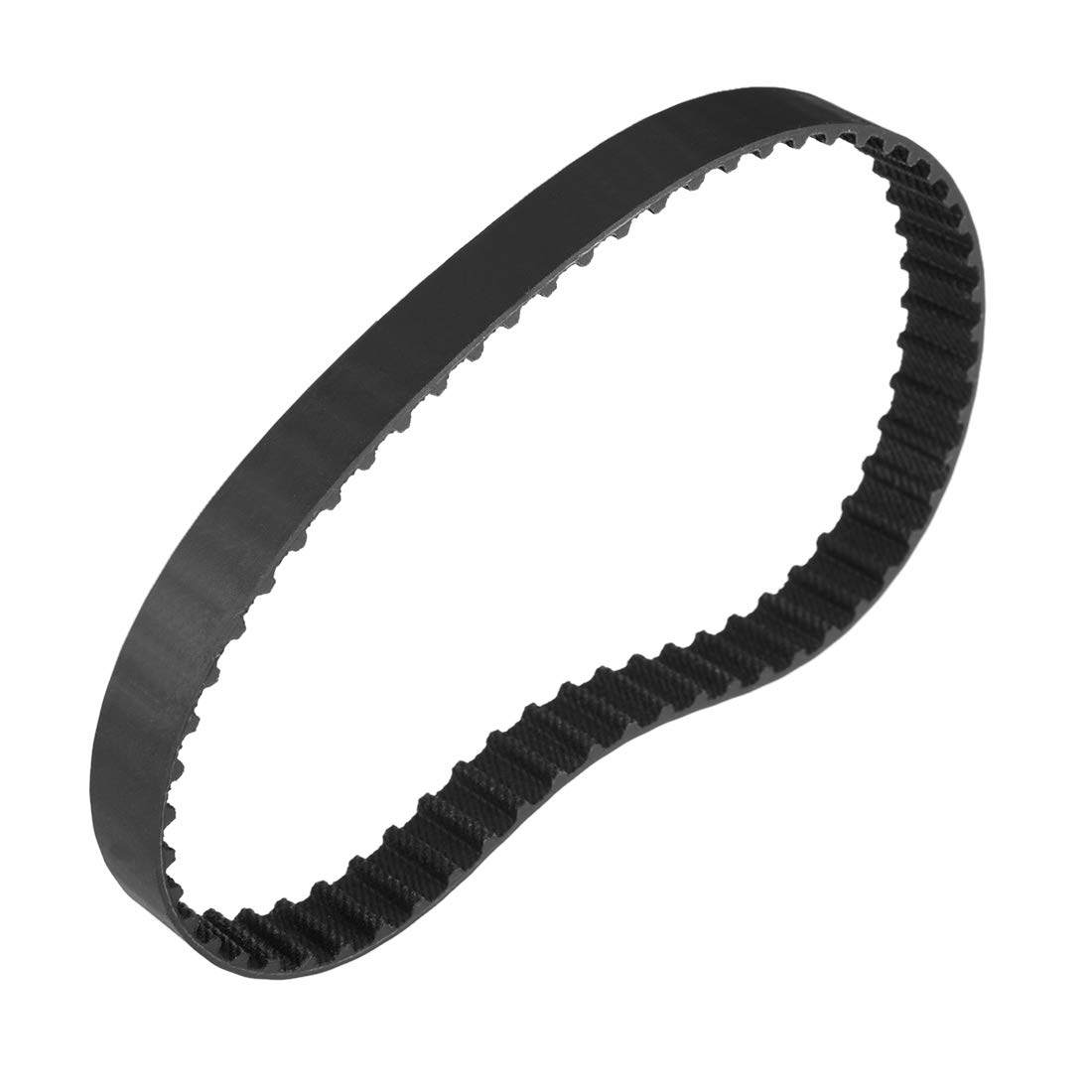
High-Performance Gear Systems | Custom Solutions for Heavy-Duty Applications
Browse our precision-engineered gearboxes, hydraulic spindles, and cast housings – designed for extreme durability, 30% longer lifespan, and seamless OEM integration.Flat rubber belts are continuous loops made from rubber or rubber-based compounds, designed to transmit power and motion between shafts in various industrial and mechanical applications. Their flat, smooth surface allows for efficient power transfer with minimal slippage, making them ideal for conveyors, machinery, and equipment where precise movement is required. These belts are known for their durability, flexibility, and resistance to wear, oils, and temperatures, depending on the specific material composition. Available in multiple thicknesses, widths, and lengths, flat rubber belts can be customized to meet diverse operational needs, ensuring optimal performance in industries such as manufacturing, agriculture, packaging, and automotive.
Our flat rubber belts are engineered to meet rigorous industrial standards, with precise parameters that ensure reliability and efficiency. Below is a detailed table outlining the standard specifications available, though custom orders can adjust these based on client requirements.
| Parameter | Description | Standard Range | Units |
|---|---|---|---|
| Belt Width | Width of the belt cross-section | 10 - 500 | mm |
| Belt Thickness | Thickness of the rubber material | 1 - 10 | mm |
| Length | Circumferential length of the belt | 500 - 10000 | mm |
| Tensile Strength | Maximum stress before breaking | 10 - 50 | MPa |
| Elongation at Break | Stretch percentage before failure | 10% - 30% | % |
| Operating Temperature | Range of functional temperatures | -30 to +100 | °C |
| Hardness (Shore A) | Measure of material hardness | 50 - 90 | Shore A |
| Weight per Meter | Approximate mass per unit length | 0.1 - 5.0 | kg/m |
Our flat rubber belts are crafted from high-quality materials to suit different environments and applications. The primary variants include:
Flat rubber belts are versatile components used across numerous sectors due to their adaptability and efficiency. Common applications include:
Proper installation and upkeep are crucial for maximizing the lifespan of flat rubber belts. Follow these guidelines:
What is the average lifespan of a flat rubber belt?
The lifespan varies based on usage conditions, but typically, a well-maintained flat rubber belt can last between 1 to 5 years. Factors like load, speed, environmental exposure, and proper tensioning influence durability. Regular inspections help identify wear early, extending service life.
How do I choose the right size flat rubber belt for my application?
Measure the pulley diameters and center distance to calculate the required belt length. Consider the belt width based on the power transmission needs and space constraints. Consult our technical specifications table or contact our support team for personalized recommendations based on your machinery's requirements.
Can flat rubber belts be used in high-temperature environments?
Yes, certain variants like silicone belts are designed to withstand temperatures up to 200°C. Always check the operating temperature range in the product specifications. For extreme heat, ensure the belt material is rated accordingly to avoid degradation and failure.
Are these belts resistant to oils and chemicals?
Neoprene and nitrile rubber belts offer excellent resistance to oils, fuels, and many chemicals. However, exposure to strong solvents or acids may require specialized materials. Review the material composition section or request a compatibility chart from our experts for specific chemical resistance.
How often should I tension my flat rubber belt?
Initial tension should be set during installation using a tension gauge. Re-tensioning may be needed after the first 24-48 hours of operation due to initial stretch. Thereafter, check tension every 3-6 months or as part of routine maintenance, depending on usage intensity.
Can I repair a damaged flat rubber belt, or should it be replaced?
Minor surface damage can sometimes be repaired with rubber cement or patches, but for tears, significant wear, or elongation, replacement is recommended to ensure safety and efficiency. Continuous use of damaged belts can lead to machinery failure and increased downtime.
Do you offer custom-sized flat rubber belts?
Absolutely. We provide custom manufacturing for belts outside standard dimensions, including specific widths, lengths, thicknesses, and material compositions. Submit your requirements through our order form, and our team will confirm feasibility and pricing.
What is the lead time for ordering custom flat rubber belts?
Standard orders ship within 5-7 business days, while custom orders typically take 2-4 weeks, depending on complexity and current production schedules. Rush services are available for urgent needs; contact customer service for details.
How do I dispose of or recycle old flat rubber belts?
Many rubber belts can be recycled through specialized facilities. We offer eco-friendly options made from recycled materials, and our team can guide you on proper disposal methods to minimize environmental impact. Check local regulations for recycling programs.
Are there any safety precautions when handling flat rubber belts?
Yes, wear gloves to protect against sharp edges during installation. Ensure machinery is powered off and locked out before maintenance. Avoid twisting or kinking the belt, as this can cause premature failure. Follow all manufacturer guidelines and OSHA standards for workplace safety.

Copyright © Raydafon Technology Group Co.,Limited All Rights Reserved.